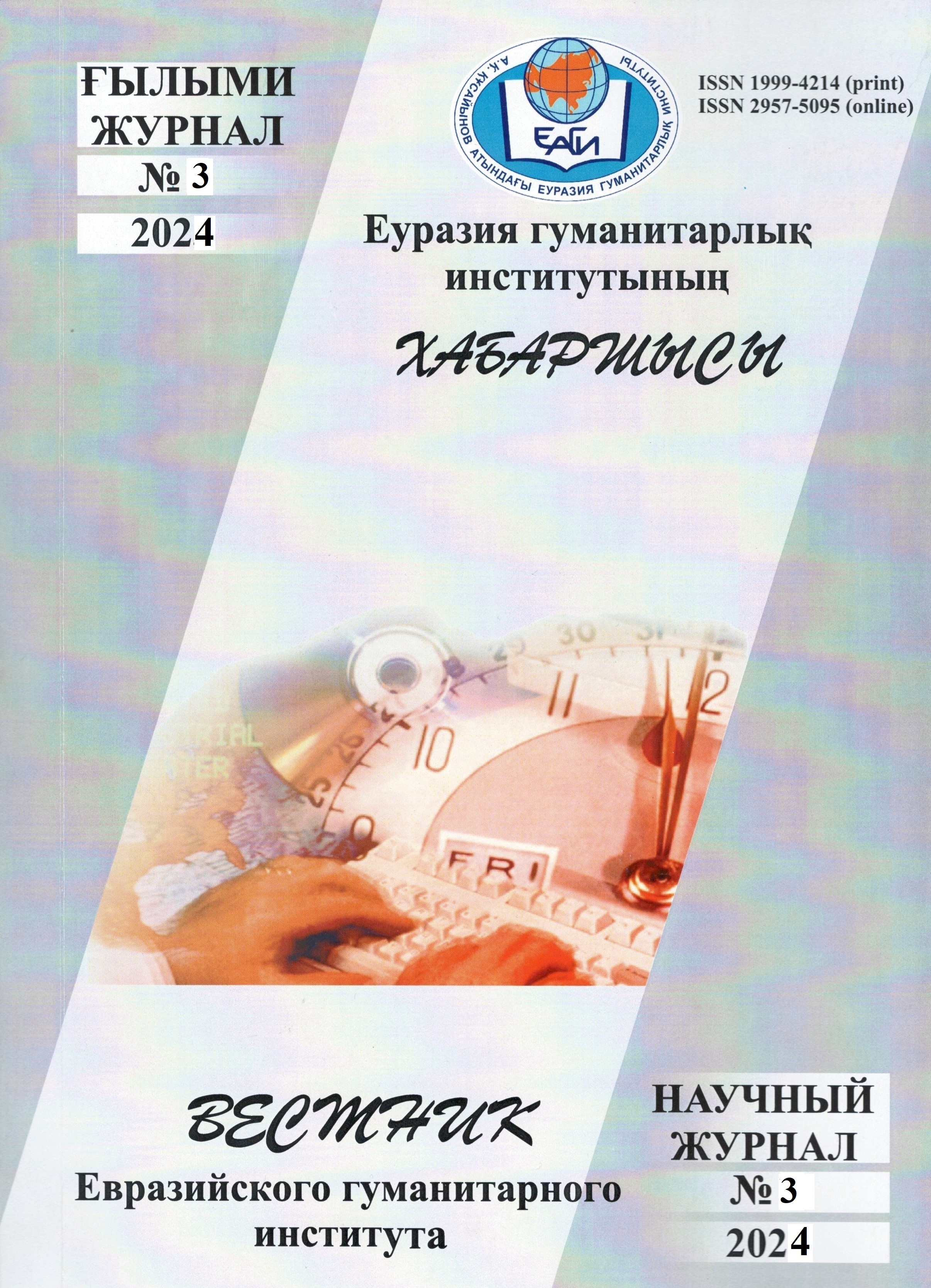THE LINGUISTIC AND CULTURAL NATURE OF DIALOGUE IN A LITERARY TEXT
Keywords:
author, character, dialogue, national code, linguistic and cultural dimensionAbstract
The article analyzes the linguistic and cultural nature of dialogic discourse in a literary text. The research work provided for the consideration of linguistic and cultural criteria of dialogue at the semantic level. Having studied the speech ethics of a person through language, we can trace the mentality of the nation, religious views, customs, national culture. For this reason, language researchers have recently been particularly interested in the language of the addressee, the relationship between the addressee and the addressee. This conclusion underlines the main relevance of the research work.
Learning the language of works of art can answer many questions of today. The use of the hero's language in the work, the artistic means and proverbs found in it, reflecting national knowledge, the use of ritual names and concepts, occasional words successfully reaches the reader through dialogic discourse. Thanks to the successfully selected dialogic language, it becomes possible to determine the style of the writer. In the research work, an analysis of the linguistic and cultural nature of the Kazakh dialogue was carried out, based on works on dialogue in foreign and domestic linguistics.
The article reveals the surface and internal structures of dialogic discourse in a literary text. The surface structure refers to information about the characters involved in the dialogue, his knowledge and skills, social status, description of his relationship with another character. And in the internal structure we see linguistic units, cultural markers that give a national code in which speech and actions, cognition and character of the hero are manifested. In the research work, through cultural markers in the text of the artwork, dialogues were obtained in which the specifics of the ethnos, culture, cognition, and image of the world are clearly expressed.
The research work has established that the semantic level of the linguistic and cultural nature of dialogic discourse in a literary text is manifested in cultural codes, cultural markers, symbols, their meanings in surface and internal structures.
The article takes into account the fact that in literary works the speech act is linguistically analyzed and the speech act of the characters corresponds to speech ethics, the communicative units of the language are clearly expressed in the national-cultural aspect, the descriptive method, the structural-semantic method of analyzing the content and composition of dialogical conversations, contextual methods and methods of linguoculturology are used for contextual and pragmatic analysis to identify national features in the dialogical received.


